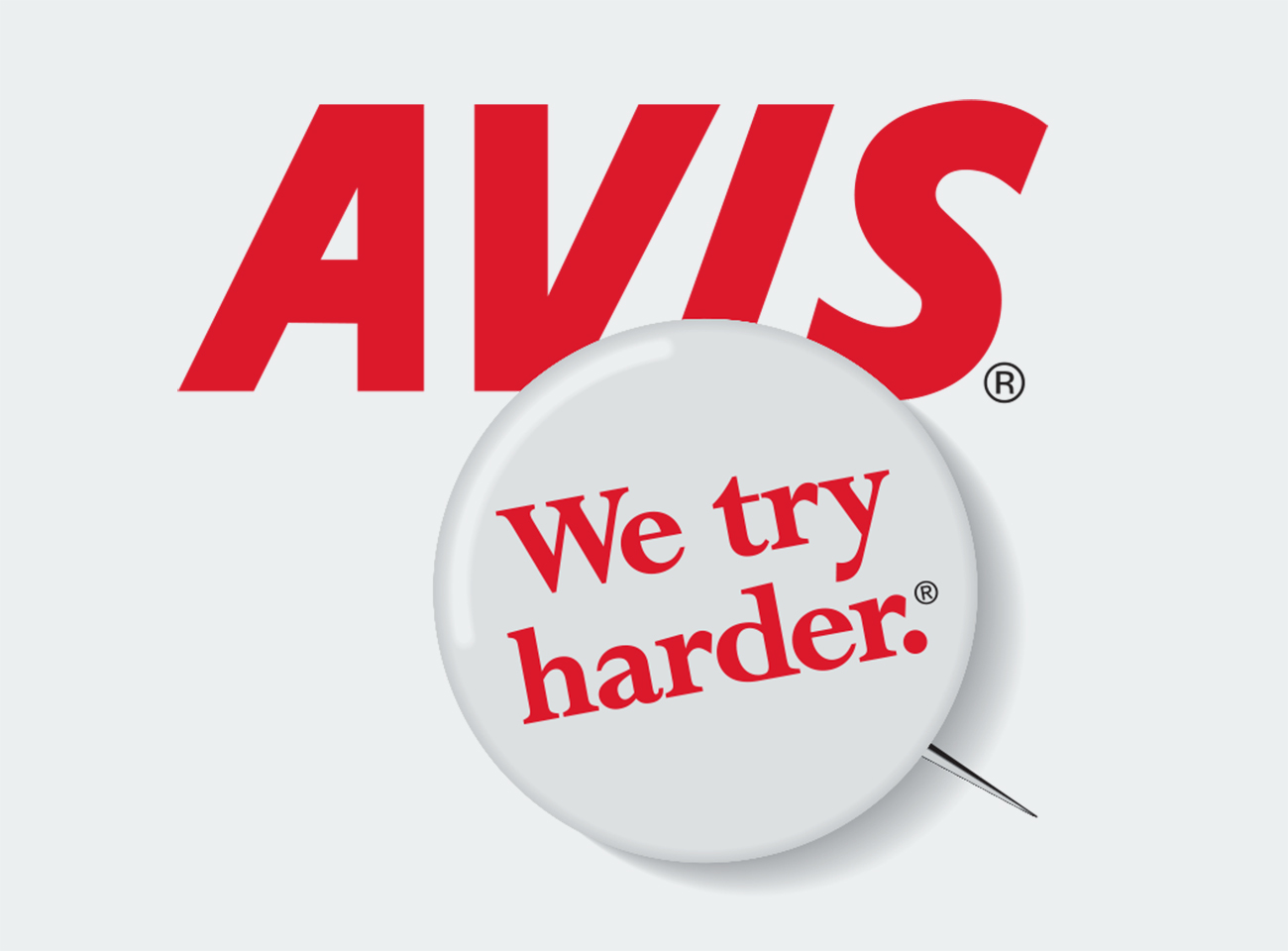Branding: 19.07.17

Positioning statements: Must try harder
Clichéd positioning statements are everywhere. Is it time to make them work harder?
This is a pet hate of mine. Clichéd positioning statements. They are everywhere – on advertising, websites and presentations. Firms feel compelled to sum up their positioning by creating cheesy two or three word statements. The ‘Global / Local’ theme has always been popular and for firms wishing to distance themselves from the norm, use of the word ‘perspectives’ has become commonplace. This has been twisted and pulled in all directions. ‘New perspectives’, ‘Fresh perspectives’, ‘Different perspectives’, ‘Bold perspectives’ and ‘One perspective’. How many perspectives can there be? At what point does ‘New perspective’ become ‘Same perspective’, before in turn morphing into ‘Old perspective?’
Positioning statements developed their fame in consumer marketing as brands tried to influence the perceptions they wanted to create in the minds of customers, and distance themselves from similar looking goods and services. Now they are everywhere, penetrating the conservative world of accountants, lawyers, consultants and even barristers. Ernst & Young, or should I say E&Y, or now simply EY, developed ‘Building a better working world’. I am sure I have heard this elsewhere.
Why they are popular?
As marketers grapple with the conundrum of differentiation, when true differentiation is hard to achieve, more and more have defaulted to hijacking the minds of targets by developing positioning statements. But most have not tried hard enough, or dug-deep to find a unique set of attributes or distinct tone of voice that is remotely different. The result: more sameness in a market already full of sameness.
What makes a good statement?
Steer clear of clichés and over-used themes; if you can’t, don’t have one. Good statements portray the very essence of your brand; but keep digging to find something that is ownable. Once found, develop a way of saying it that is different and appealing. For the enlightened, better yet create a statement that can work both externally and internally.
Service proposition
Few years ago, I attended the PM Forum Conference on customer service. The overriding conclusion was that service will be the key differentiator by 2020. Delivering excellence in service is complex and what is needed is a rallying cry.
Back in the 1960s, Avis created arguably one of the best positioning statements able to work and be meaningful for both employees and customers. ‘We try harder’ was an attempt to position Avis on customer service and distance themselves from the car rental suppliers competing on price. Internally it was a challenge to employees to keep raising the bar, keep finding ways of improving service. For customers, it was a promise that Avis worked harder than anybody else in providing service. Unlike statements which are externally facing, ‘We try harder’ was a daily reminder to encourage employees to modify their behaviour and positively shape the experience of customers. Delivering what you promise is after all the hallmark of any good brand.
So, why can’t firms in professional services find their own ‘We try harder’? All would claim a high commitment to service, few would argue this commitment will only get stronger, but few are overtly actually using service to position themselves against the competition. Perhaps firms are too conservative and the approach is seen as inappropriate for partnerships. Or have firms simply not woken up to the potential of finding their own ‘We try harder’, and instead plough on regurgitating the same old ‘perspective’ line?
Surely the time has come to find a new perspective on positioning statements?


